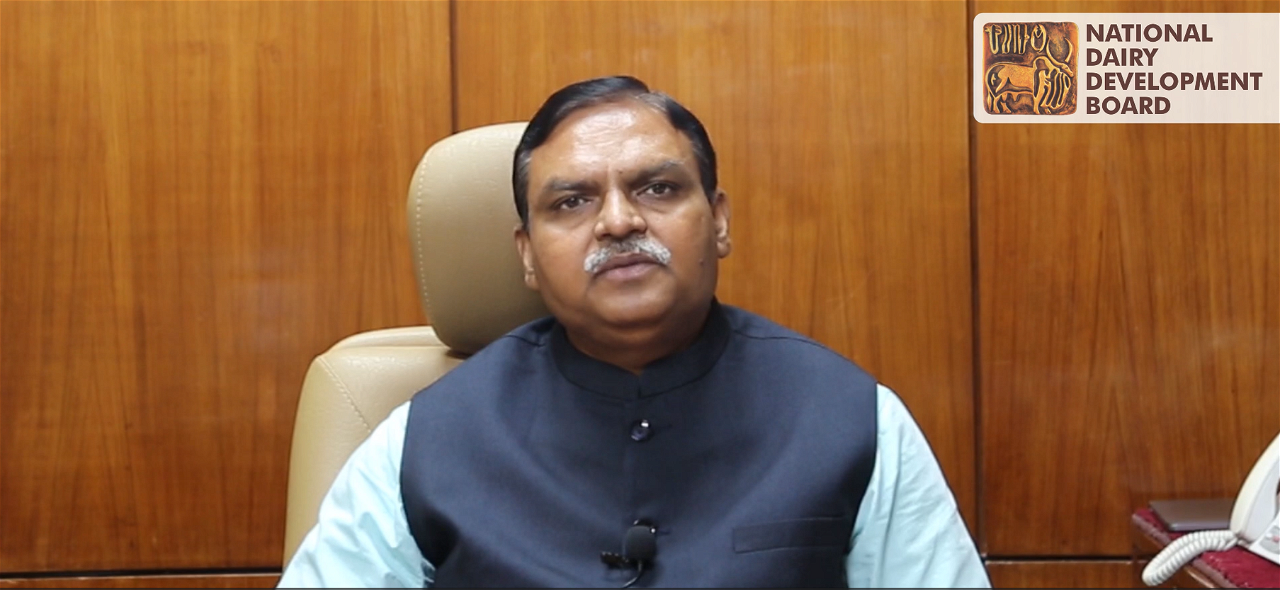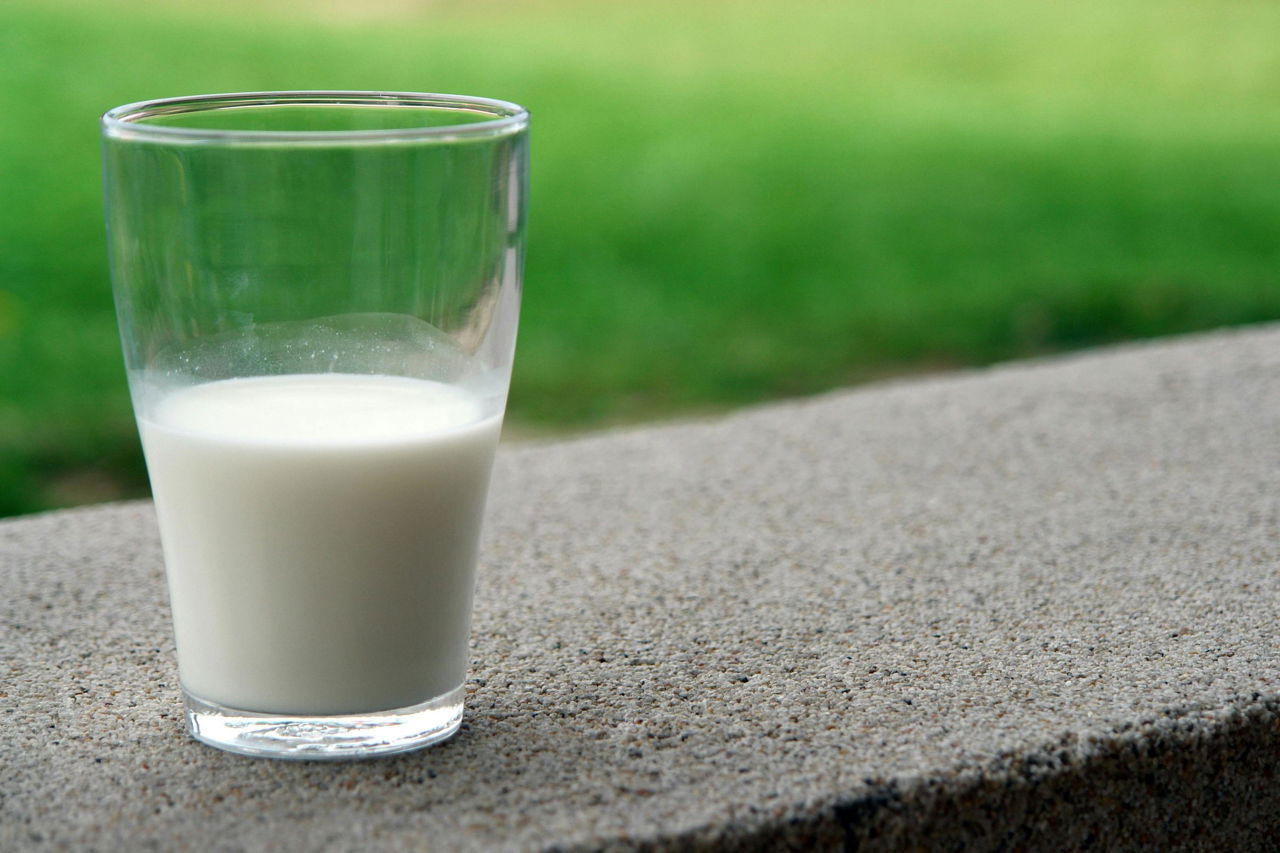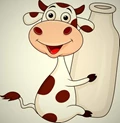
World Milk Day, commemorated annually on June 1, recognizes the importance of milk in nourishing populations and driving socio-economic development. On the occasion, Meenesh Shah, the esteemed Chairman and Managing Director of the National Dairy Development Board, delivered a critical message highlighting the fundamental role of milk in global nutrition and food security. Emphasizing the significance of dairy farming and its socio-economic impact, he underlined how the NDDB and the government of India are set towards fostering resilience and sustainability in the dairy sector.
He stated, “Increasing population and per capita income, changing consumer preferences, and consumption patterns are the driving forces for increasing demand for food by the middle of the century. According to the United Nations, India’s population will increase from 1.38 billion in 2020 to about 1.5 billion by 2030. Besides, meeting the increasing demand for food, there is also a pressing need to increase the per capita intake of food to address issues related to hunger and malnutrition, that too in an environmentally sustainable manner.”
He continued, “As we have seen, agriculture and allied sectors like dairy, are vital for livelihood, food and nutritional security, and the socio-economic development of our country. These sectors would play a pivotal role in achieving the goal of inclusive development in a sustainable manner with gainful employment opportunities in the coming decade. If we see, at present, milk is the single largest agricultural commodity giving employment to more than 80 million rural households directly.”
Shah further highlighted that milk production in India has grown by about 6% per annum from 2014-15 to 2023, as against the global growth rate of about 2%. And, most of the milk is produced by animals that are reared by small and marginal and also landless farmers with animal herd sizes of 2-3 animals only.
“Apart from contributing to food security and nutrition, dairying is also playing a significant role in transforming rural livelihoods by providing employment and various income-generating activities, particularly for the marginal and women farmers,” he said.
Next, he stressed that milk products in the country are growing at a much faster rate than food grain production; the sector has emerged as a growth propeller in agriculture and allied sectors. “It is becoming important, particularly, when the share of crops in the gross value-added has been constantly declining whereas the share of livestock is increasing steadily. As a result of this improved growth in milk production, the per capita milk availability has increased to almost 460 grams per day which is also higher than the recommended dietary allowances. So, the dairy sector also helps in providing nutrition in the rural hinterlands, as about 40 percent of the total milk produced is consumed by milk-producing households,” he shared.

He noted that in India, dairy is mostly adjacent to the crop production system, and the complementarity between these two makes it one of the most sustainable systems of the world, besides being pro-poor, and pro-women. The sector is also resilient compared to agriculture; it often serves as insurance during difficult times of natural vagaries like drought and flood. The dairy sector helps in bringing equity in the security as the distribution of livestock assets is much more equitable than agricultural land.
Furthermore, he explained, “About 85% of the total farmers are small and marginal and they collectively own about 47% of the farmland; there exist 75% of the milch animals. This means that even 1 rupee invested in the sector pays much higher returns effectively addressing the multi-faceted challenges of the rural sector like unemployment, food security, and women empowerment. Women have always been at the forefront of dairy activities. It provides gainful employment to them as they undertake major animal husbandry activities like feeding and milking.”
At present, about 2 crore farmers associated with dairy cooperatives are women. According to the findings of the National Sample Survey, dairying is the most preferred occupation by women in rural areas. And, women's participation has continuously been increasing in dairy as well as the allied value chains, as per him.
“The non-dependence on natural endowments like land or irrigation makes this sector an effective vehicle for rural prosperity. Today, about 8 crore farmer families are engaged in milk production activities. India is producing about 1/4th of the global milk production and we can sustain this growth for the past many years,” he emphasized.
According to him, the cooperatives laid by dairy development under the enabling policy environment with timely and focused interventions are major reasons for India’s dairy development. He noted, “Dairy has been recognized by Niti Aayog as one of the sectors that is very crucial to increasing the farmers’ income. Besides, milk, NDDB is also promoting a circular economy through the manure value chain and biogas initiatives to augment farmers’ income. It also helps successfully resolve various environmental problems related to the use of fossil fuels and boosts the use of organic manure by replacing chemical fertilizers. This will eventually help in increasing the fertility and health of the agricultural land.”
Finally, he shared that the dairy sector has huge potential to transform the lives of rural masses. NDDB and the government of India are committed to the same.
















